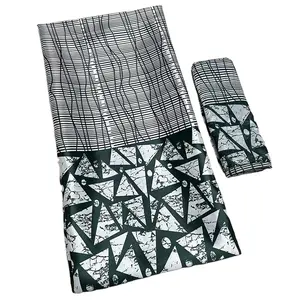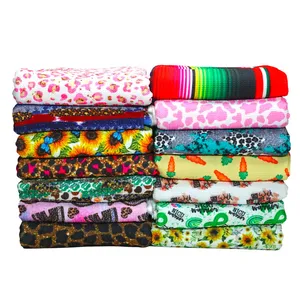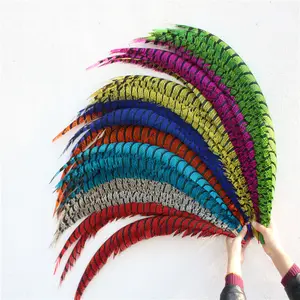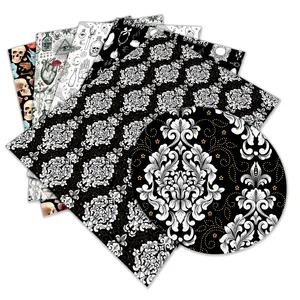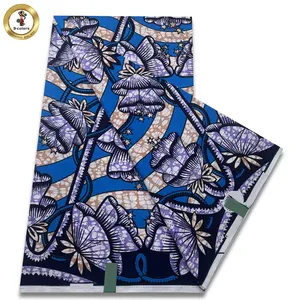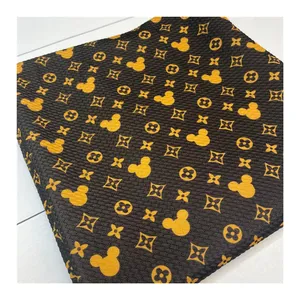Popular in your industry













































































Top categories
About 1.33 dtex viscose fiber
Discover the Versatility of 1.33 Dtex Viscose Fiber
Viscose fiber, particularly the 1.33 dtex viscose fiber, stands as a testament to the innovation in textile manufacturing. This semi-synthetic fiber, derived from cellulose, is engineered to offer a silk-like luster and drape, making it a sought-after material in the creation of various garments. Its unique properties allow it to be woven into an array of textiles, from cotton blends to luxurious velvet and crisp taffeta.
Composition and Characteristics
The 1.33 dtex viscose fiber is celebrated for its fine denier, which contributes to its soft texture and comfortable wear. The fiber's ability to imbibe dyes results in vibrant colors and patterns, suitable for a diverse range of fashion applications. Its compatibility with other materials enhances its utility in the textile industry, allowing for innovative fabric blends that cater to specific garment requirements.
Applications in Fashion and Beyond
From everyday wear like absorbent t-shirts to occasion wear such as elegant dresses and sweaters, 1.33 dtex viscose fiber is adaptable. Its moisture-wicking properties and breathability make it appropriate for both summer and winter collections, providing comfort across seasons. The fiber's non-elastic nature ensures garments retain their shape over time, extending the lifecycle of the apparel crafted from it.
Care and Maintenance
Maintaining the integrity of fabrics made with 1.33 dtex viscose fiber involves specific care practices. Gentle cleaning methods are recommended to preserve the fabric's aesthetic and tactile qualities. While the material is fast-drying, it is advisable to avoid hot water during the cleaning process to maintain the fiber's structural integrity.
Sustainability and Production
As a cellulose-based fiber, 1.33 dtex viscose fiber is a product of both natural and synthetic processes. The sourcing from wood pulp suggests a nod towards sustainability, aligning with the growing demand for environmentally conscious materials in the textile sector. The production process of this fiber is continually refined to enhance its ecological footprint.
Choosing the Right Viscose Fiber
Selecting the appropriate 1.33 dtex viscose fiber for textile projects is crucial for designers and manufacturers. The fiber's adaptability and the resulting fabric's performance are key considerations. While Alibaba.com facilitates the connection between buyers and a plethora of suppliers, it is essential to assess the fiber's specifications to ensure it meets the intended application's demands.
